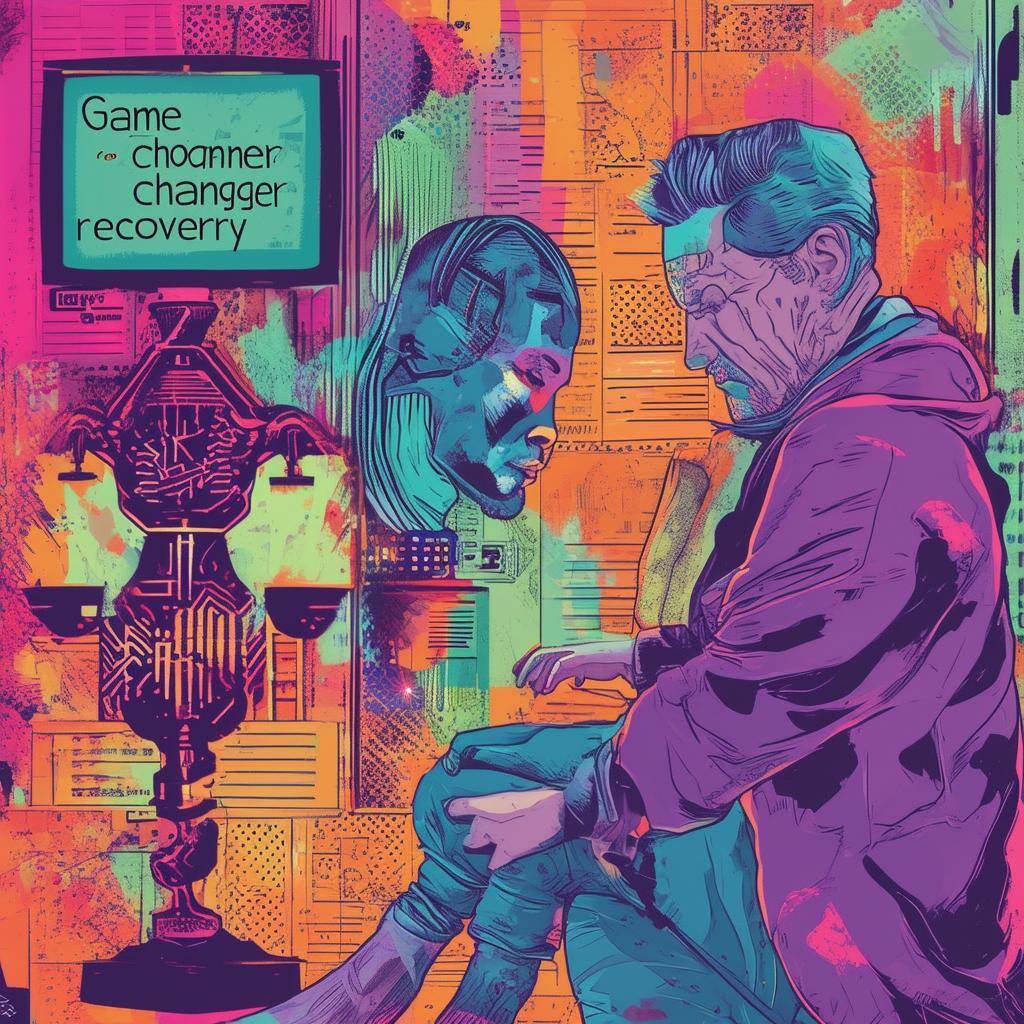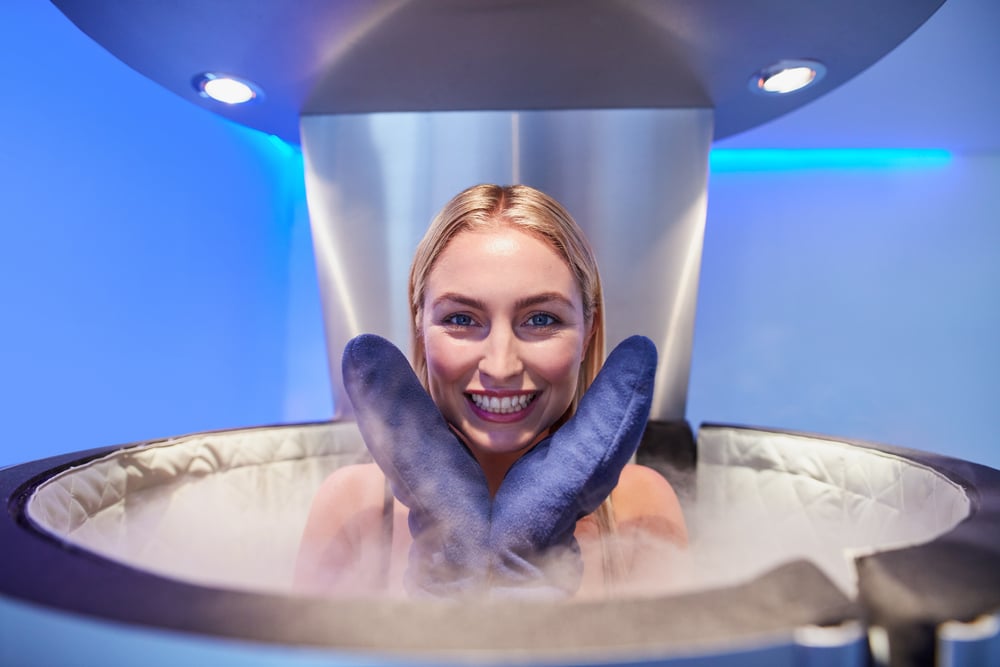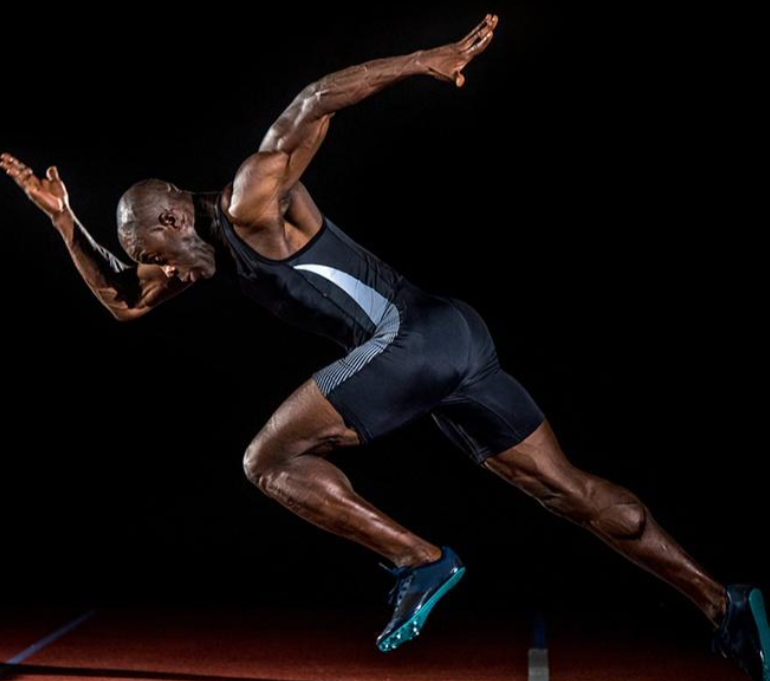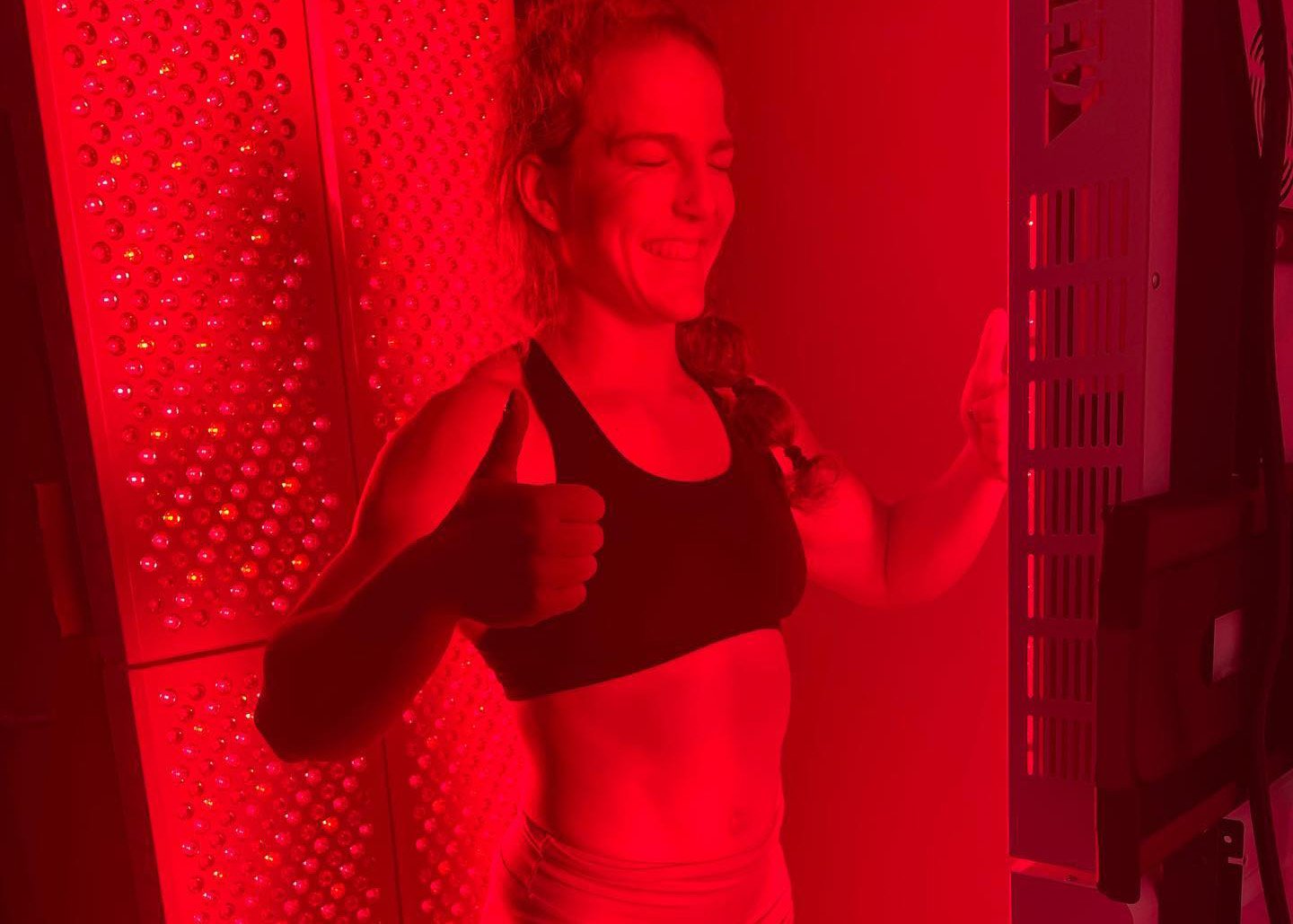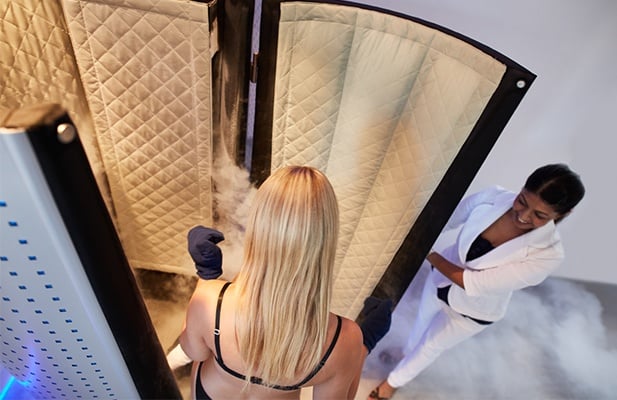
Cryotherapy is the body’s exposure to subzero temperatures used to promote a natural anti-inflammatory response, release endorphins, reduce pain and spasms, boost cellular survival, and promote overall health. Cryotherapy is not a medical procedure, but a non-invasive alternative for individuals seeking a faster recovery and improved health. We receive lots of questions about cryotherapy such as “Is cryotherapy safe?” and as such, we want to address them for you.
Is cryotherapy safe?
Single person and multi-person walk-in cryochambers have been used for almost 40 years. Problems only arise if a client steps into the machine with wet clothing, especially wet socks, as water will freeze immediately at these temperatures. The nitrogen being used to cool these chambers is the same nitrogen that makes up the air we breathe (78% of it, to be exact). In either type of chamber, the client breathes room-air. For added safety, chambers are also equipped with an oxygen monitor. To protect the more temperature sensitive tissues such as hands and feet, clients wear dry socks, slippers, and gloves, which we provide.
Is the cryotherapy chamber comfortable?
Before entering the cryochamber, clients are required to dress in protective clothing composed of cotton socks, cotton underwear (for men), and gloves. The treatment is of short duration (2-3 minutes), and the cold is "dry", so it is very tolerable. Towards the end of the treatment, you may get a "pins and needles" type of sensation, which disappears immediately after the treatment.
How do I feel after the treatment?
Our clients report that after each session, they feel good and energetic.
How many treatments should I do?
A typical course is 5-10 treatments in close succession (separated by 1-2 days --- e.g. 3x/week. After that you can take fewer treatments spaced further apart to maintain and improve results (e.g. once every week or two weeks).
Can I catch a cold because of this procedure?
No. The immediate cold impact of the Cryosession will raise the internal body temperature for a short period of time.
Can I use whole body cryotherapy if I am claustrophobic?
Yes, you may. The door is never locked and you may step out at any moment. The session is continually monitored by a trained technician.
Do I have to take a shower before or after cryotherapy?
No, you don't. This procedure is dry and does not make your skin wet.
Who should not use whole body cryotherapy?
The following conditions are contraindications to whole body cryotherapy: Pregnancy, severe Hypertension (BP> 180/100), acute or recent myocardial infarction, unstable angina pectoris, arrhythmia, symptomatic cardiovascular disease, cardiac pacemaker, peripheral arterial occlusive disease, venous thrombosis, acute or recent cerebrovascular accident, uncontrolled seizures, Raynaud’s Syndrome, fever, tumor disease, symptomatic lung disorders, bleeding disorders, severe anemia, infection, cold allergy, acute kidney and urinary tract diseases.
Can minors use whole body cryotherapy?
Any minor greater than 11 years old can use Whole Body Cryotherapy. Any minor between the ages of 11 and 13 years old must have parental/guardian consent and a parent/legal guardian present during the treatment. Any minor between the ages of 14 and 17 years old only need parental/guardian consent prior to treatments but can undergo treatments without a parent/legal guardian being present.
What are the risks of whole body cryotherapy?
Whole Body Cryotherapy is very well tolerated, fluctuations in blood pressure during the procedure can change by 10 points (this effect reverses after the end of the procedure, as peripheral circulation returns to normal), allergic reaction to extreme cold (rare), claustrophobia, redness, and skin burns (only if exposed to low temperatures longer than recommended) have been reported.




